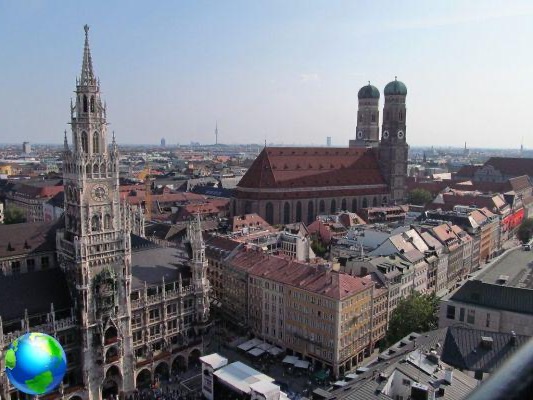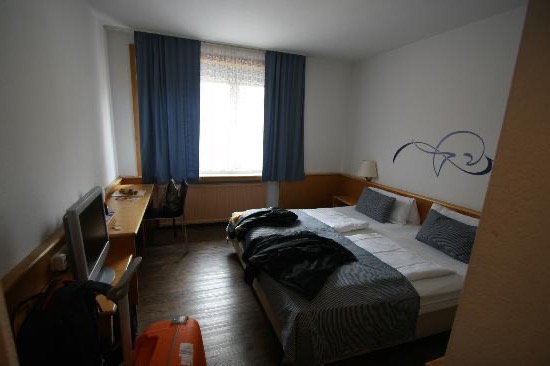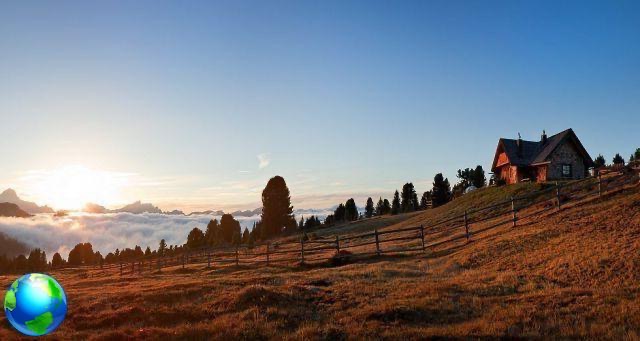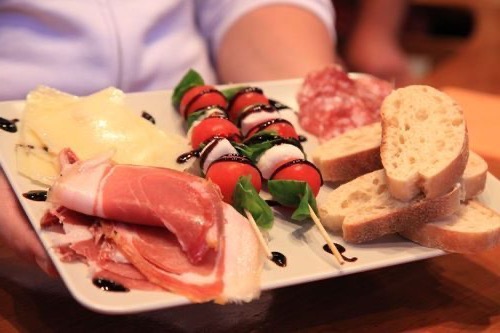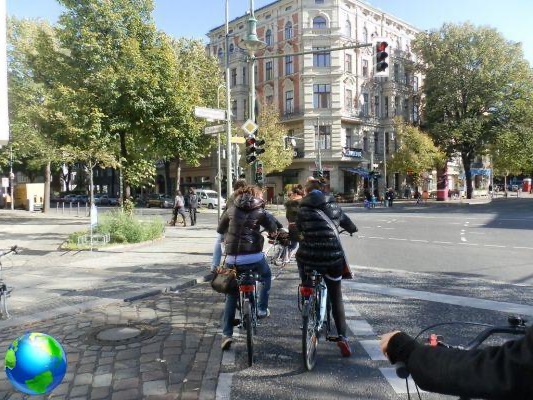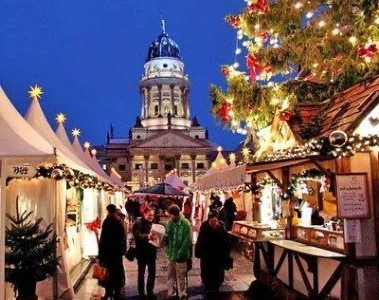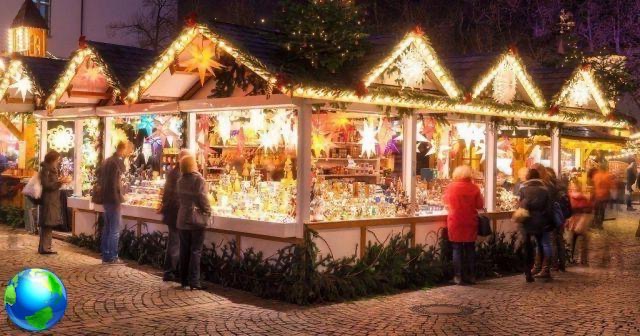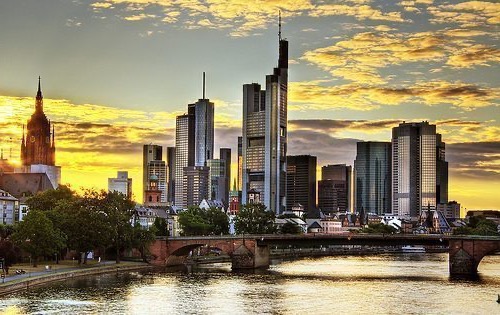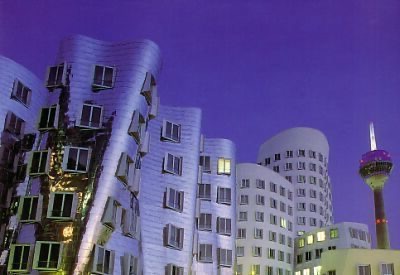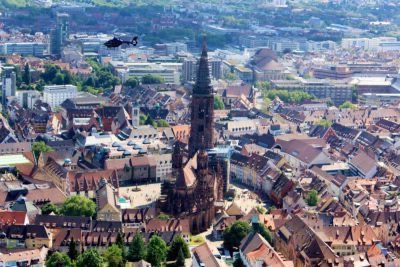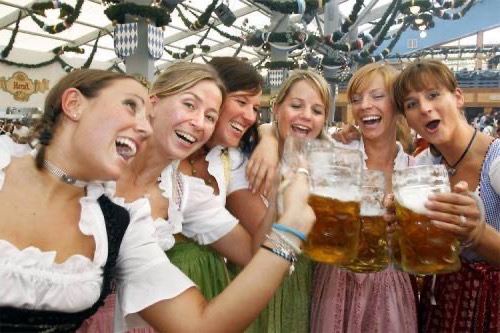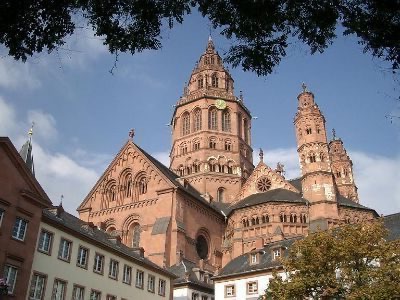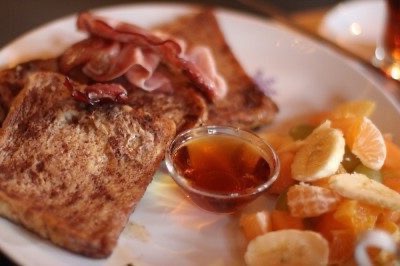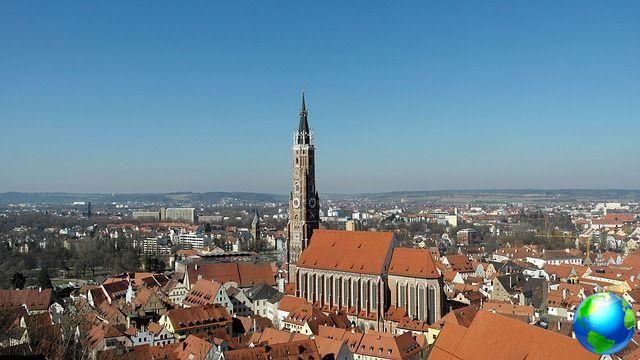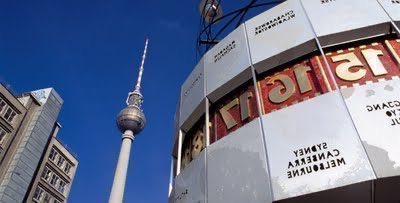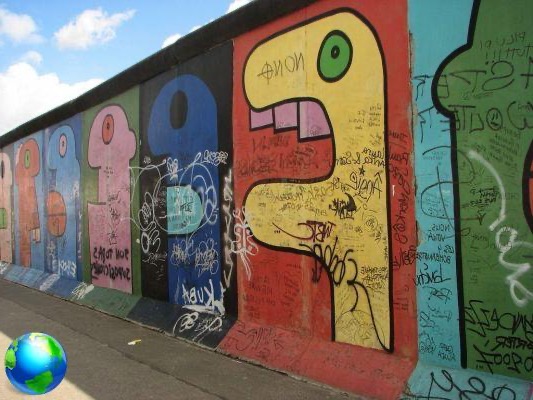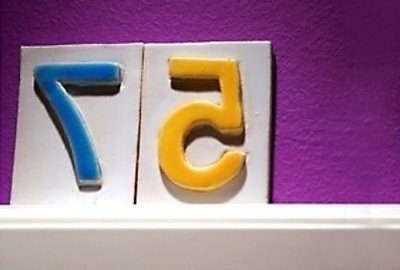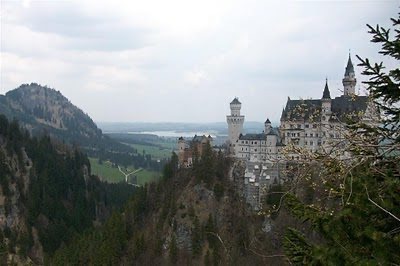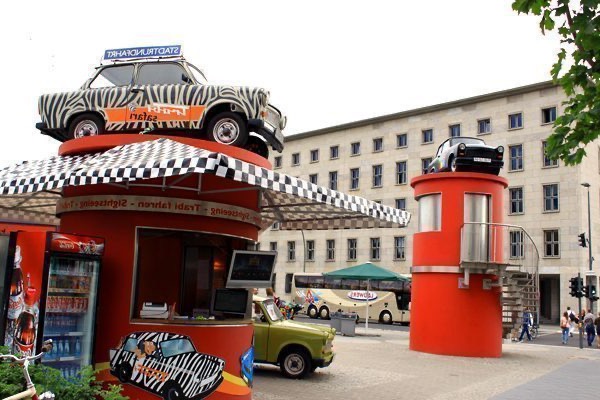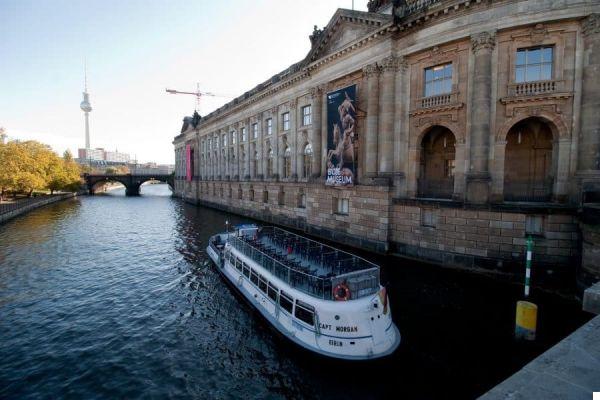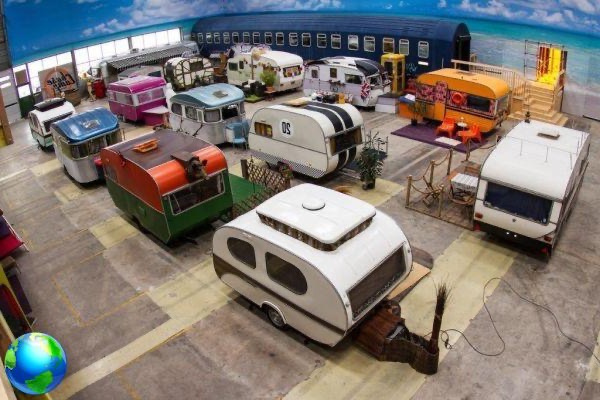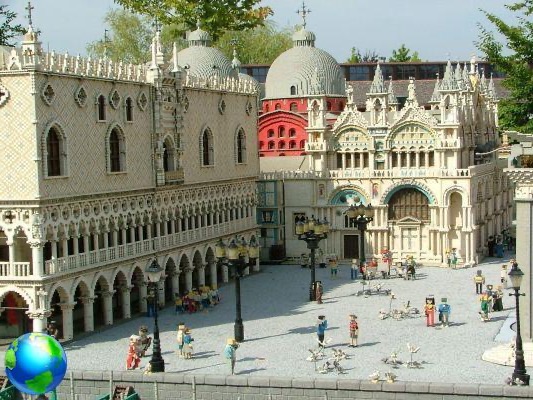Triberg in the Black Forest offers the visitor plenty of things to do, see and taste. From waterfalls to cuckoo clocks to the delicious Black Forest cake.
I say Black Forest and what comes to your mind? An impenetrable forest like those where Tom Thumb or Hansel and Gretel got lost, a succulent cake, a cuckoo clock.
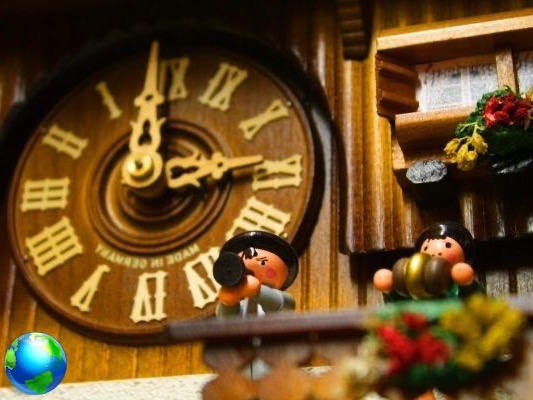
The Black Forest - in German Schwarzwald - is exactly all of this. The area is located south in the Land Baden Württemberg and it is a mountain region. The heights are not high, but the scenarios are decidedly alpine; moreover everything that for the Germans embodies the myth of Hiking (walking, walking in nature) you can discover it here: paths, cycle paths, shelters or restaurants where you can refresh yourself from the hiking efforts and drink a good beer. In the Black Forest there are places for skiing, cross-country skiing, Nordic walking; there are picturesque lakes (Titisee) and very famous spa resorts (Baden Baden).
But today I want to talk to you about Triberg, an almost alpine village, where typical houses alternate with more modern and impersonal tourist residences, but very popular at least for two reasons: the waterfalls and because it boasts the paternity of cuckoo clocks. In my grandparents' house there was a cuckoo and I remember that as a child I could not escape the kitsch charm of that little house hanging on the wall, from which a noisy bird came out.

The cuckoo clock
In Triberg, cuckoos are ubiquitous, with shops selling them in all shapes and sizes. This handicraft activity practiced in neighboring countries thanks to the abundance of raw materials was very popular in the past, now unfortunately the cheapest models come from China.
Triberg also has another record, that of owning the largest cuckoo clock in the world. There are two contenders for this record, one in a shop, the other in a small house-museum which is located on the way out of the village. Entering here and waiting for the hour you will be able to see the little bird - in short, not really ino - singing the hours; his voice is a bit tired, though!

The waterfalls
But Triberg's top attraction is the waterfalls, the highest in all of Germany. The Gutach river makes a series of leaps between rounded boulders and dense green vegetation and descends towards the valley in a very suggestive landscape. The route is also subject to payment ticket costs 3 euros.
There is also the possibility to buy a combined ticket with the Black Forest Museum entrance (see below). The route starts from the top and descends, with a series of passages, to the side and above the waterfall. If you want at the checkout, you can buy bags of peanuts to feed the red squirrels which seem to be very numerous and very greedy, but honestly I have not seen even one.
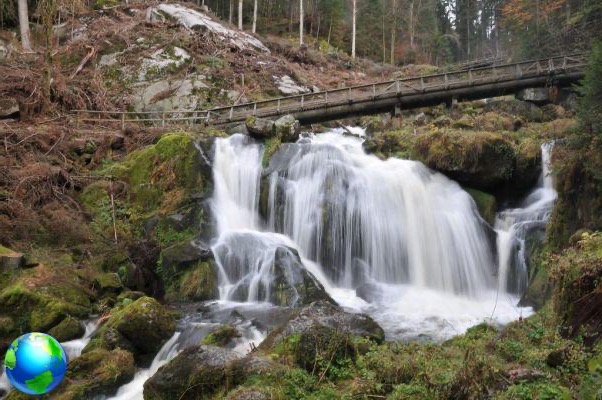
If in summer the show is suggestive and fresh, the waterfall gives its best around Christmas, from 25 30 to December because it is all lit up by candles and lights and there are musical performances accompanied by German Christmas specialties - especially sweets -.

The sweet
To stay on the subject of sweets, the Black Forest Cake was born in Triberg, the pastry chef Josef Keller was the inventor of this specialty, made for the first time in 1915.
The dessert is made of a leavened chocolate dough, cut into layers and filled with black cherries in syrup, cream and kirsch. A real calorie bomb but also a delight not to be missed, which you must necessarily taste at the Café Schäfer in the main street, the place where the original recipe is kept. Germans appreciate sweets together with a Kaffee especially in the afternoon, but if you use this formula for lunch, no one will look at you wrong: the coffee is about 2.30 euros, the slice of cake 5 euros.

The Museum
If you bought the combined ticket the next step is Schwarzwaldmuseum, a small museum full of evidence of the activities that historically were carried out in Triberg and throughout the area.
These were mainly carpentry activities, but the small museum also houses ingenious carillons and mechanical orchestras, those which, thanks to a “written” metal cylinder, produced music and sounds similar to different musical instruments.

Cuckoo clocks are not lacking here either, but the most interesting part is that relating to the crafts and the interiors of the houses of the past.




